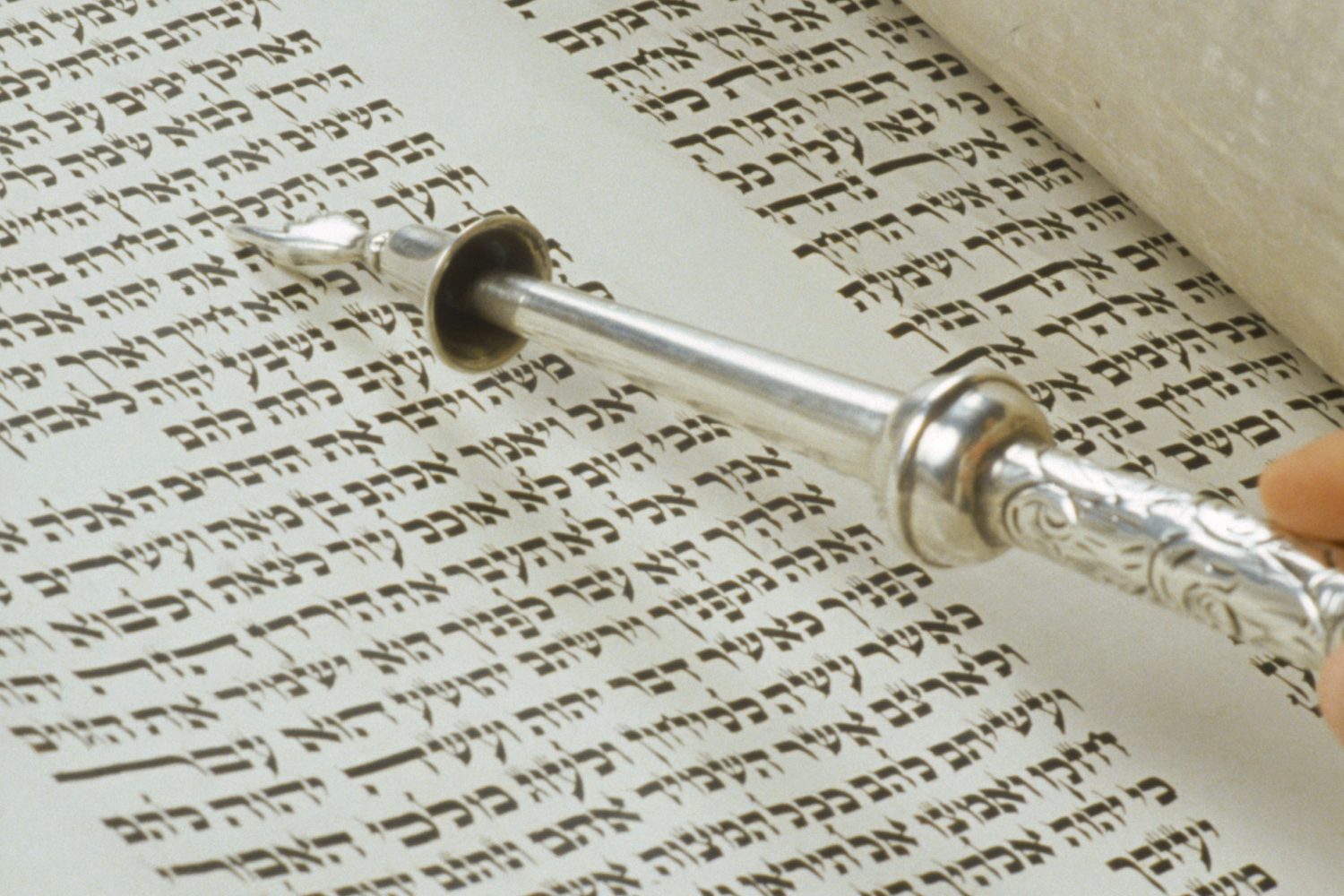1. Because Chanukah is an eight-day holiday, and a week is only seven days, there has to be at least one “Shabbat Chanukah,” when Shabbat and Chanukah coincide. This year, we have a special blessing: two “Shabbatot Chanukah,” which can only happen when the first and eighth days fall on Shabbat, as they do this year.
2. Because Chanukah begins on the 25th Day of the Month of Kislev, and no month in the Hebrew Calendar exceeds thirty days in length, Rosh Chodesh Tevet must fall within Chanukah. The Sixth Day of Chanukah is always Rosh Chodesh and in most years, as in this year of 5760, the Seventh Day is also Rosh Chodesh.
3. On both of the Shabbatot Chanukah, two Sifrei Torah are required. For the first seven “Aliyot,” the “Parshah” of the Week is read from the first Sefer. The presence of Chanukah is reflected in the “Maftir,” when the Reading for that Day of Chanukah is read from the second Sefer.
4. Again, on Rosh Chodesh, two Sifrei Torah are required. The usual number of “Aliyot” associated with Rosh Chodesh is four, and that remains the same on Chanukah. The first three are dedicated to the regular Rosh Chodesh Reading (BaMidbar 28: 1-15), and are read from the first Sefer. The fourth “Aliyah,” taken from the second Sefer, is the Reading for the particular Day of Chanukah – the Sixth Day, always, and the Seventh Day also, in most years.
5. On the “Ordinary” Days of Chanukah (that is, not Shabbat and not Rosh Chodesh), the procedure for “Kriat HaTorah,” Reading of the Torah, is as follows:
Only one Sefer Torah is used, and the Chanukah Reading is divided into three “Aliyot.” The Reading for the current Day of Chanukah is divided between the first two “Aliyot,” and the entire Reading for the next Day of Chanukah is used for the third “Aliyah.” (Click below for examples of this somewhat complicated procedure)

